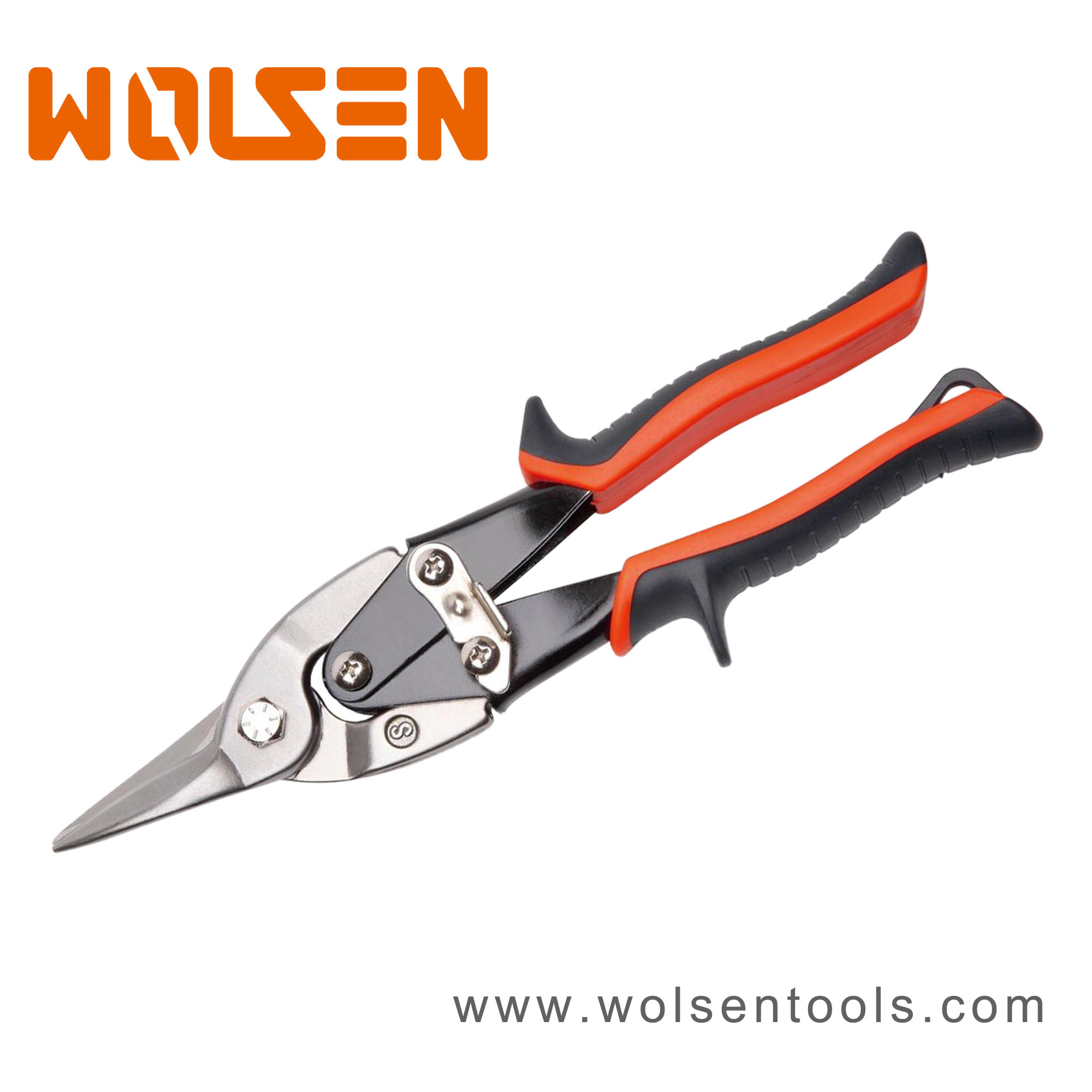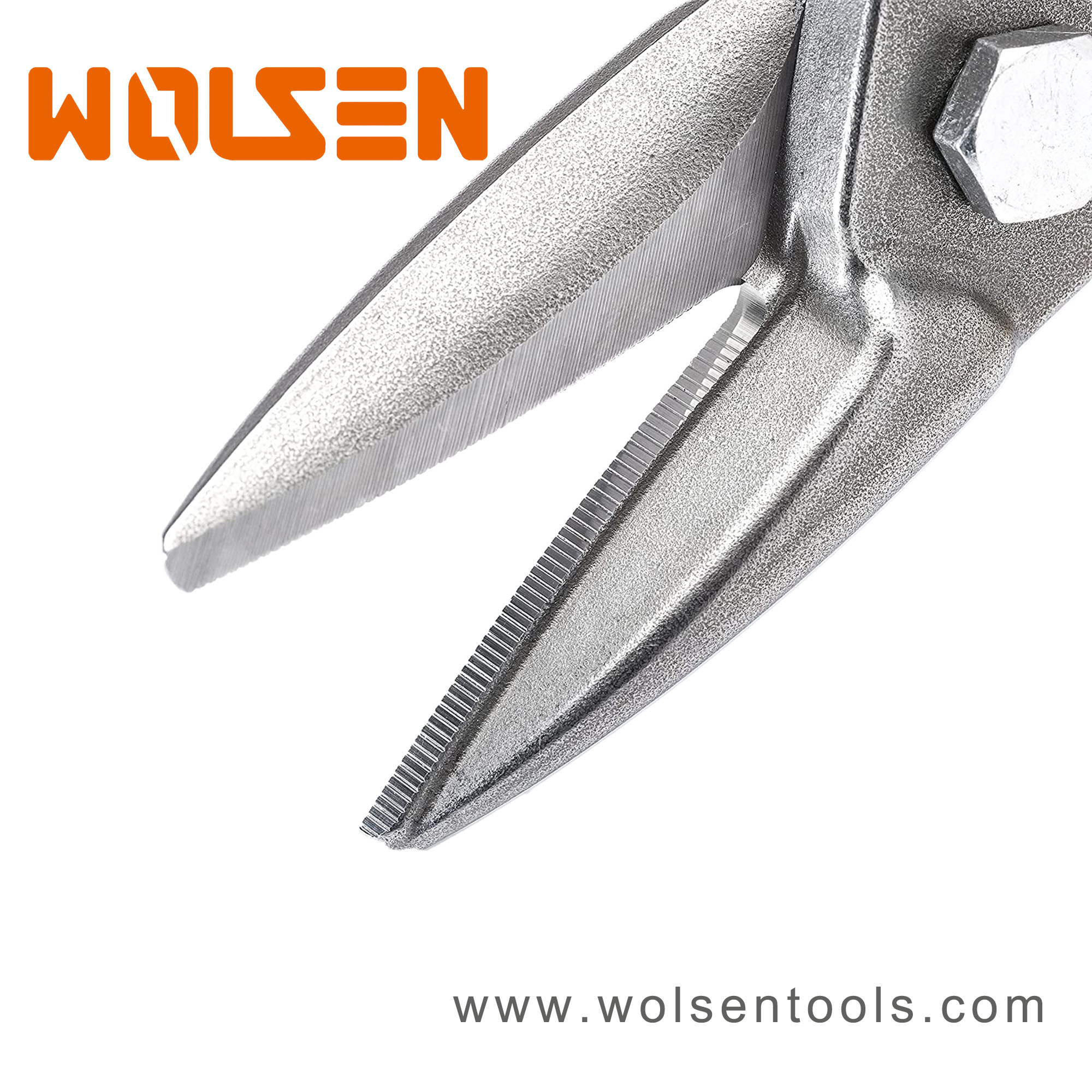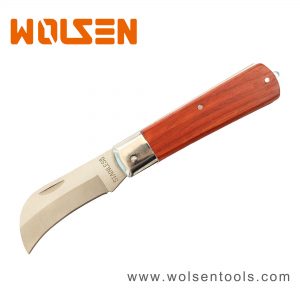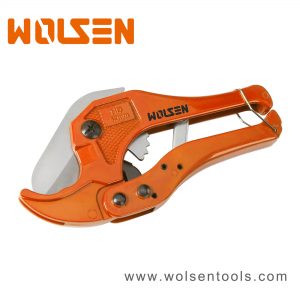
Aviation Snips, Straight Cut
Item No.: 302801
Size: 10″ | 250mm
Cut Type: Straight Cut
Material: Chromium-Molybdenum Steel, Precision Forged
Surface Treatment: Peal Nickel Plated
Handles: Ergonomic Non-Slip Handles
Packaging: Plastic Hanger
Cutting Ability: Up to 18 gauge low carbon, rolled steel

Made of precision forged chromium-molybdenum steel, hardened and tempered.
Blade serrations spread cutting force across jaws.
Ergonomic non-slip grips for excellent control.
Ergonomic latch for single-handed operation.
Cuts 8 miles of steel
What Are Aviation Snips?
When shopping for cutting tools to use in the aerospace manufacturing industry, you may come across aviation snips. They look like a typical pair of shears. Aviation snips have a handle and a cutting blade. Unlike traditional shears, though, aviation snips support many different types of cuts.
Aviation Snips Explained
Aviation snips are handheld cutters that are designed for use with sheet metal. Also known as sheet snips, they support straight cuts, left cuts and right cuts. Aviation snips have a long handle that’s connected to a cutting blade. You can cut through a piece of sheet metal by placing the sheet metal between the blade and squeezing the handle. While there are other types of cutting tools available, aviation snips are ideal because of their unique design.
They are known as “aviation snips” because they were originally designed for use in the aerospace manufacturing industry. Airplanes are made of sheet metal. To form fuselages and other components, manufacturers must perform irregular cuts. Aviation snips are ideal for making these cuts because they support more than just straight cuts.
Aviation snips are also strong. They can typically cut through aluminum sheet metal in sizes of up to 18 gauges, and they can cut through stainless steel in sizes of 26 gauges.
Types of Aviation Snips
You can use any aviation snips to perform straight cuts. Straight cuts involve cutting a piece of sheet metal in a straight line. With that said, aviation snips may support an alternative type of cut as well, such as left cuts or right cuts.
How do you know whether aviation snips are designed for left cuts or right cuts exactly? When shopping for them, you can refer to the product description. Alternatively, the color of the handle will often reveal whether the aviation snips are designed for left cuts or right cuts.
Aviation snips with a red handle are designed for left cuts, whereas aviation snips with a green handle are designed for right cuts. You may also come across aviation snips with a yellow handle. Those with a yellow handle are capable of performing both left and right cuts.
Upright vs Long Aviation Snips
Aviation snips are also available in upright and long styles. Upright aviation snips feature a blade that rotates 90 degrees from the handle, resulting in an ergonomic design when used in small spaces. Long aviation snips, on the other hand, have an ultra-long blade. You can use long aviation snips to make long straight cuts.
AVIATION SNIPS VS TIN SNIPS: WHAT’S THE DIFFERENCE?
Sheet metal happens, and you don’t want to be stuck with gutters, flashing, or ducts that need cutting and the wrong tool to do it. But what do you need for the job? A good pair of aviation snips or tin snips is essential, but which one should you choose? And what the heck is the difference, anyway? Read on to learn a little more about aviation and tin snips, what sets them apart, and which one you need for which jobs.
Snips are tools that can help you cut through metal, but there are a variety of different snips to choose from. Two of the most popular snip types are aviation snips and tin snips. To someone new to metal work, it can be challenging to know when you should use one tool over the other.
In short, you should select aviation snips when working with denser metal, while you should select tin snips when cutting long straight lines through thin metal. Of course, snips are more nuanced than that.
To find out more about the difference between aviation snips and tin snips, read on. We do an extensive overview of both snip types, help you know which snip to choose, and more.
Overview of Aviation Snips
Named because of how they were originally used in the aircraft industry, aviation snips are highly versatile and powerful. They are strong enough to cut through different materials like stainless steel and aluminum. Although their increased power and versatility means that they are more expensive than tin snips, aviation snips are a great choice for their power and versatility.
Design
In many ways, aviation snips look like scissors or tin snips. This is due to their similar functions. They have the scissor design with rubber handles of various colors. The handle’s color denotes the angle cut, but we will talk more about this in the next section. The blades themselves are often relatively small and shorter than tin snips.
Aviation snips are different from regular scissors or tin snips in that they have two pivot points. These pivot points make it easier to cut through sheets of metal with minimal effort. The snips are also spring-loaded, giving your hand extra oomph when cutting through dense metals.
Additionally, the blades themselves will have little teeth on them. These teeth allow you to have a better grip on the material you’re working with as you cut through. This will minimize sliding.
Cut Angles
Aviation snips have three cut angles, and the handle will denote what angle the snip cuts at. Red handles create straight and left angle cuts with a tight curve. Green handles, on the other hand, create straight but right-angled cuts. These too have tight curves. Yellow handles, in contrast to both, create straight cuts with wide curves. This color coding applies to tin snips as well.
• Red: Straight to right angle cuts with a tight curve
• Green: Straight to left angle cuts with a tight curve
• Yellow: Straight cuts with a wide curve
You will select the cut angle based on the job at hand. This means that you will get much more of a mechanical advantage by tailoring the aviation snip to the job.
Versatility
Because of how powerful aviation snips are, they are highly versatile. You can achieve many cutting styles because of the different cutting angles, but you can also cut through many materials like titanium, stainless steel, or aluminum.
Best For
Aviation snips are best for cutting through sheets of metal or for versatile use. These snips are super handy because of their spring-loaded design and the teeth on the blades. As long as you are working with metal, you will be able to easily and efficiently use this tool.
Overview of Tin Snips
Tin snips are a great go-to for lightweight metal work and cutting. With a very standard scissor design, they are easy to use for straight cuts, but they also come with some drawbacks like exacerbating hand fatigue.
Design
In many ways, tin snips have the same look as scissors. They have a very simple design that is easy and familiar to use. How tin snips differ from regular scissors are pretty subtle.
For starters, their blades are shorter than regular scissors. This gives you more cutting control. Additionally, the handles are longer while the holes for your fingers are larger. Since you are supposed to use gloves while working with metal sheets, the holes for tin snips are large enough for your hand to fit through even while wearing gloves.
Beyond the general design, tin snips have a compound lever mechanism. This mechanism makes them super intuitive to use, but it can also cause a lot of strain on your hand when cutting through thick metal sheets.
Cut Angles
Like aviation snips, tin snips come with different angle cuts. They can have left cut blades with tight curves, right cut blades with tight curves, and straight cut blades with wide curves. Most tin snips, however, have a straight cut design due to their general function.
Additionally, there are about nine types of tin snips in all. For example, there are regular tin snips and duckbill tin snips, which have a tapered blade for sharper curves.
Versatility
Tin snips are generally less versatile than the aviation snips since they can hurt your hand more easily and are not powerful enough to cut through all metal. The materials you use with tin snips will be more limited.
Still, you really can’t go wrong having a pair of tin snips in your kit since they are still very useful. Not to mention, they are pretty affordable too. So, most people don’t have any issues buying both tin snips and aviation snips.
Best For
Tin snips are best for cutting straight lines through thin metal sheets. Although there are different cuts you can make with tin snips, straight cuts are the most useful and helpful. Unfortunately, tin snips are not good for thick or heavy-duty metal.
How to Pick Between Aviation Snips and Tin Snips
| Situation | Which To Use |
| Dense, thick metal | Aviation snips |
| Thin metal | Tin snips |
| Cutting in shapes, changing directions, not straight lines | Aviation snips |
| Cutting in a long, straight line | Tin snips |
| Tight budget | Tin snips |
The type of snip you choose will largely depend on the material you are working with.
If you’re working with a much more dense or thick material, you will want to choose aviation snips. This can include titanium, aluminum, or stainless steel. Likewise, you will want to select aviation snips if you are cutting through a variety of metals since these snips are highly versatile.
In contrast, you should select tin snips for low-level jobs and cutting through thin sheets of tin. You will want to select these snips for lighter jobs since they get the job done but will save you money at the same time.
You will also want to select your snip type based on the length of your cut. Aviation snips are designed for making curves and changing directions. As a result, you should select aviation snips for curved, shaped, or more difficult cutting. However, aviation snips are not really designed for long cuts.
Tin snips are what’s best for making long cuts on thin metal sheets. These tin snips are much more difficult to maneuver for curves or other tight turns, but they are perfect for long straight cuts.
If you are on a super tight budget, then you might want to select tin snips over aviation snips. Since aviation snips have a double pivot mechanism, they are generally more expensive than tin snips. Tin snips, on the other hand, are pretty affordable, though the more durable options will cost more money.
What To Do If Your Snips Break
How you fix your snips will largely depend on the type of snip you have. Since snips have different parts, they require different fixing mechanisms. Here’s how to fix both aviation snips and tin snips:
Aviation Snips
Unfortunately, aviation snips are incredibly difficult to fix. If a part of them breaks, it is often recommended to buy a whole new aviation snip set. This can be annoying since aviation snips are a bit more expensive than tin snips in the first place.
However, aviation snips are incredibly durable and difficult to break. They are designed to withstand a lot of pressure and wear, and their handles are incredibly strong. For this reason, you really shouldn’t expect your aviation snips to break unless you are misusing them.
Tin Snips
Since tin snips have a pretty basic structure, they are much easier to break than aviation snips. Additionally, their straight edge on the blade means that the blades themselves can be dulled down overtime.
If you find that your blades are dull, you simply need to sharpen them. It really isn’t that big of an issue. In contrast, you can permanently break your tin snips if you try to use them to cut through thick metal.
Because of their rather straightforward design, you should be able to fix tin snips that are broken at the pivot point. It will be more difficult to fix a handle or blade break, however.
Conclusion
Both aviation snips and tin snips are incredibly useful tools. Aviation snips are best for making precise turns on thick metal, while tin snips are better for straight cuts through thin metal.
Neither snip type is necessarily better than the other. Instead, each snip is better for individual jobs, as described above. By selecting a snip based on your cut and metal you’re working with, you can maximize the snip to get the most polished finished product.
As one last note, there are other snip types in addition to aviation and tin. You may want to research other snips if you have a more precise or difficult cutting job.


